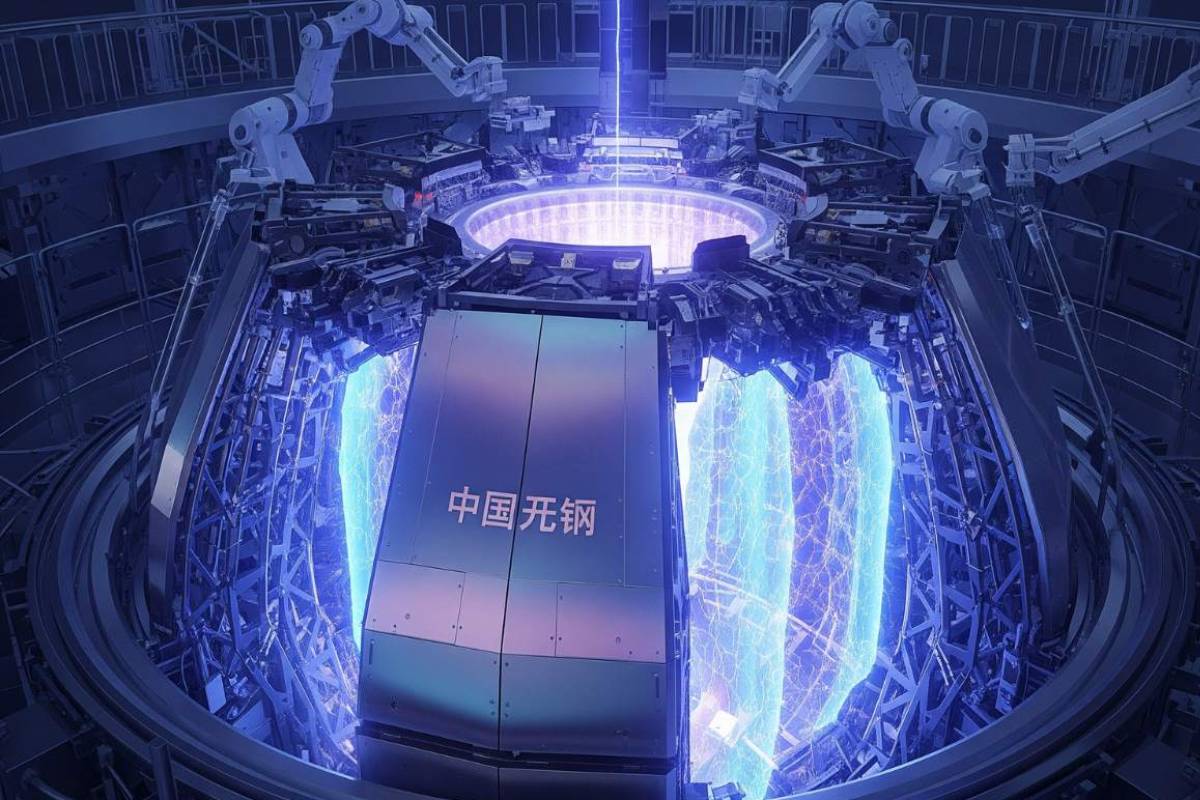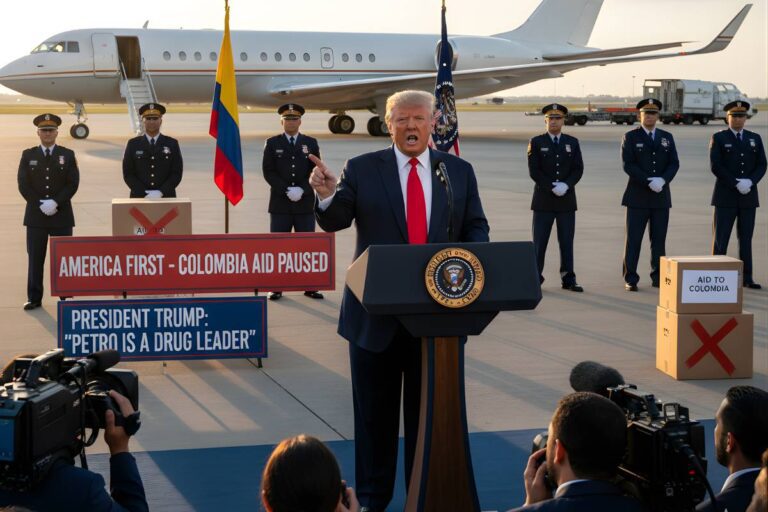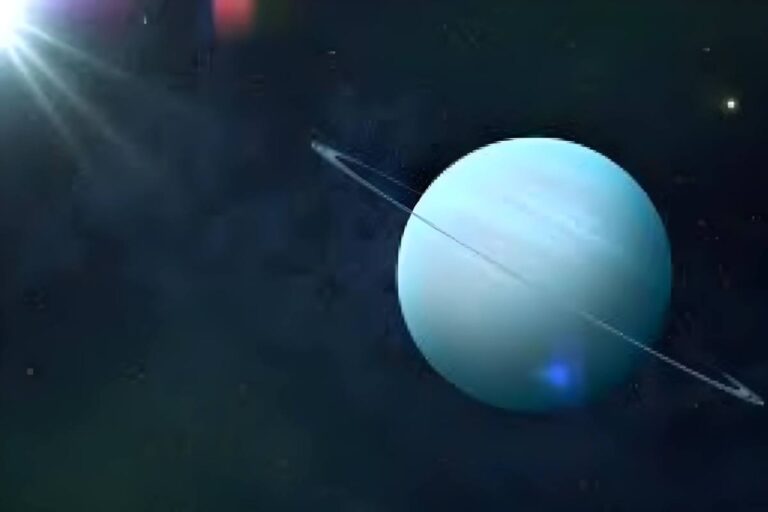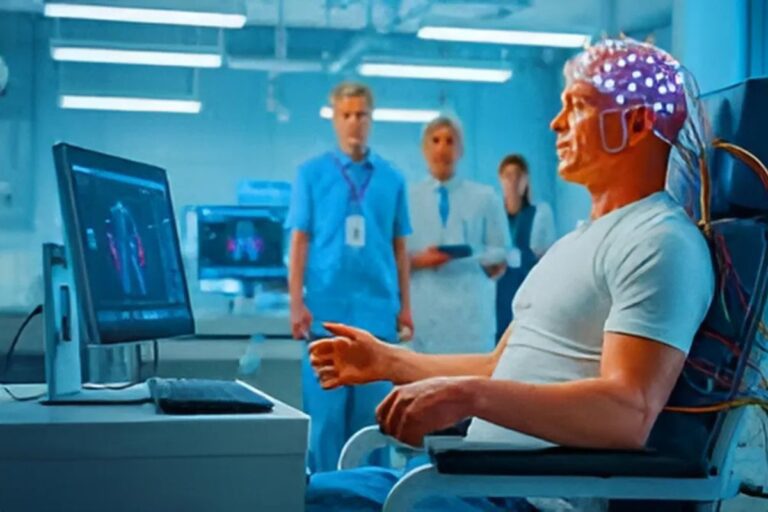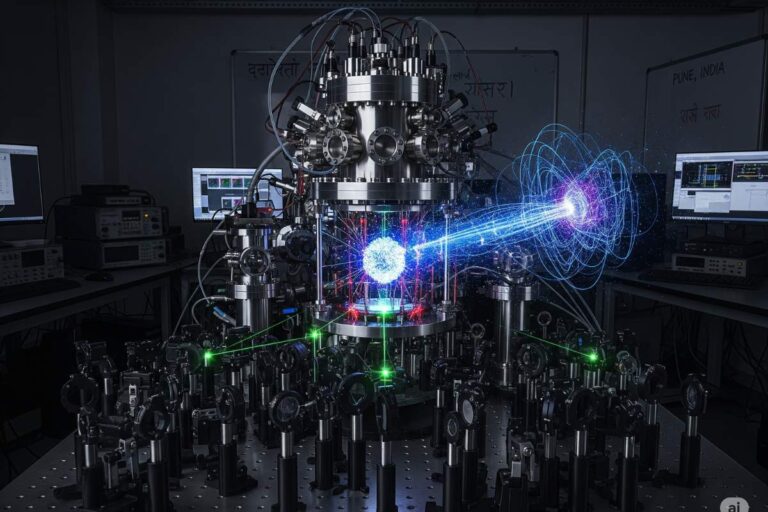The Race for Earth’s Most Extreme Material
Funny thing is, when you mention “nuclear fusion”, the process that powers our sun, most people picture giant reactors, mind-melting temperatures, and a promise of endless clean energy. Yet here’s the kicker: it’s not just the raw physics keeping us from that revolutionary power source. Sometimes, it all comes down to the material wrapped around a giant, freezing-cold magnet.
That’s where China’s new “super steel” storms onto the global stage. Not just any steel, but a breed designed to survive the wildest temperatures and magnetic fields ever seen inside humanity’s most complex machines: fusion reactors.
Setting the Stage: What’s So Tough About Fusion?
Nuclear fusion promises nearly boundless, clean energy. In theory, all it takes is forcing atoms of heavy hydrogen, deuterium, and tritium together. When they fuse, they spit out a ton of energy. Simple… except for the part where you need to heat this stuff to 100 million degrees Celsius (yes, hotter than the Sun’s core), then hold it together long enough to pull power out. That’s a whole lot less simple.
To get there, the world’s scientists have bet on tokamaks: doughnut-shaped reactors that trap superheated plasma with powerful magnetic fields. The technology works in short bursts. A laser-ignited fusion at the U.S. National Ignition Facility (NIF) made the news in 2022. But making fusion power steady, affordable, and safe? Still a puzzle.
Here’s the problem: while the fusion reactor’s “divertor” must shrug off plasma hotter than stars, other sections need to work at temperatures hovering just above absolute zero, like 269°C, so superconducting magnets can work their magic. Those magnets (the “central solenoid” especially), need metal jackets that withstand both bone-chilling cold and magnetic pinches strong enough to lift aircraft carriers.
Until now, the world’s best stuff has struggled to keep up.
The Beating Heart: Why Super Steel Matters
Let’s talk hardware, not theory.
The Central Solenoid: The Tokamak’s Core
- What is it? Think of the central solenoid as the throbbing heart of a fusion reactor. Its job: to create the magnetic fields that pin plasma in place.
- Why does it matter? If this piece fails, or the steel around it cracks, crumbles, or loses strength, fusion can’t happen.
The Challenge
- The solenoid must remain icy cold, encased in superconducting wires, even as it’s squeezed by ridiculously strong magnetic fields. We’re talking up to 20 Tesla or more. (For comparison: MRI machines hum along at just 1–3 Tesla.)
- Steel jackets that wrap around this core must retain mechanical strength and flexibility, even at those ultra-low temperatures. Any failure, and the world’s hopes for fusion fizzle out.
Believe it or not, the biggest challenge in the world of fusion energy isn’t the physics. It’s the material.
“You need a material solution. Give me the materials that can hold this thing together, at temperature, to be efficient,” said Phil Ferguson, Ph.D., director at Oak Ridge National Laboratory, in 2024.
China’s High-Strength, Low-Temperature Breakthrough
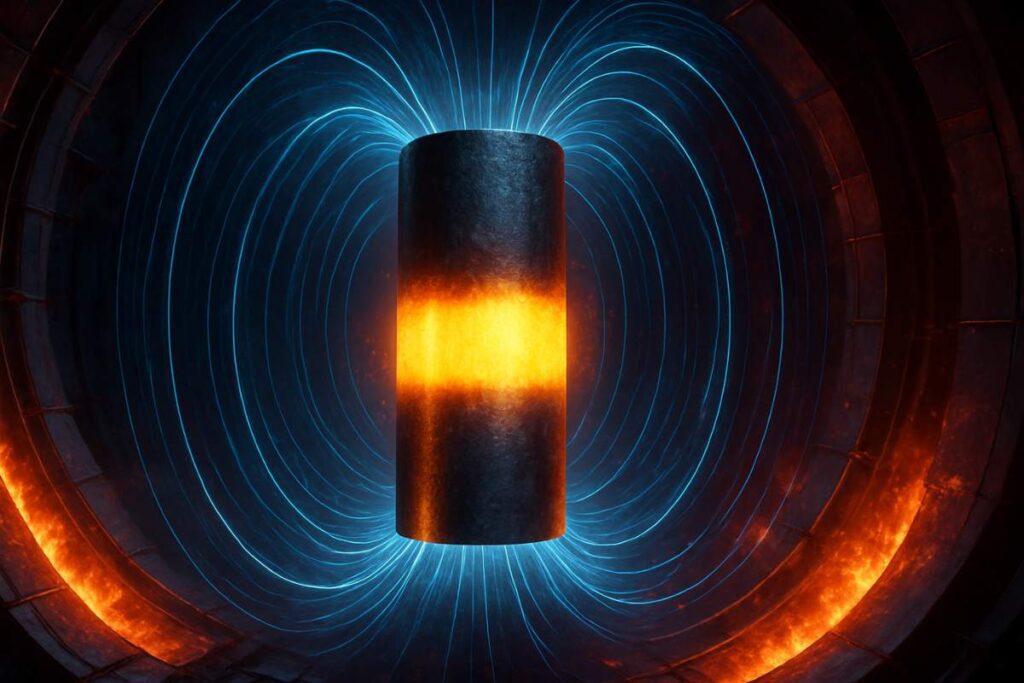
Now for the headline-maker: China High-Strength Low-Temperature Steel No. 1 (CHSN01).
Here’s what makes CHSN01, a mouthful, sure, but a game-changer, so critical:
- Unprecedented strength and flexibility at temperatures near absolute zero.
- It can cope with magnetic fields up to 20 Tesla, crushing its predecessor’s 11.8 Tesla max.
- Withstands up to 1,500 megapascals (MPa) of stress, nearly triple the pressure in a standard hydraulic press.
Developed over twelve relentless years of lab work, setbacks, and recalibration, it’s the material now pegged to line the shield around the solenoid for China’s Burning Plasma Experiment Superconducting Tokamak (BEST).
Why Is This a Leap Ahead?
ITER, a multinational “flagship” fusion project taking shape in southern France, settled for 316LN stainless steel in its solenoid shielding. That alloy is robust, but only up to 11.8 Tesla. Not enough for future reactors that aim higher, push harder, and, maybe, deliver reliable grid power.
Enter CHSN01. It’s harder, it’s tougher, and it’s custom-built for fusion’s madness.
How It Was Made: Trials, Failures, and a Decade of Progress
Let’s rewind to the start.
Back in 2011, the ITER project was running into trouble. No steel on Earth could face subzero temperatures, immense magnetic fields, and years of continuous punishment without growing brittle or snapping apart. Standard cryogenic steels failed lab stress tests. Brittle, they cracked under duress.
China’s Long Shot
Chinese scientists decided to have a go at their unique alloy. Not an overnight effort. It took research teams from the Chinese Academy of Sciences (CAS) and state-owned steel giants years to perfect the alloy’s secret formula.
The breakthrough, as researchers explained, wasn’t just in blending the right ingredients (think: ultra-pure iron, nickel, chromium, plus secret tweaks). It was about:
- Tiny tweaks in the crystal structure: By engineering the microstructure at the atomic level, ductility was preserved at both liquid helium and room temperatures.
- Specialized rolling and forging: This tightens up the grain boundaries, making the material ridiculously tough.
- Precision, repetition, and a lot of discarded early prototypes: Most attempts broke too soon, bent too much, or didn’t pass stress tests. Failures stacked up before success became the pattern.
Over twelve years, using cutting-edge material science, CHSN01’s properties were dialed in so finely that the steel retained both enough toughness to survive unimaginable cold and enough give to flex under crushing loads.
The Numbers: What Makes This Steel “Super”?
Numbers matter in this game, and CHSN01’s numbers dazzle.
- Max Endurable Magnetic Field: 20 Tesla (vs. 11.8 Tesla for ITER’s 316LN steel)
- Tensile Strength: 1,500 MPa (to put that in perspective, structural steel in bridges sits around 400–550 MPa)
- Cryogenic Endurance: Stable mechanical properties down to near absolute zero (around -269°C)
These benchmarks aren’t abstract. They mean a reactor can run longer (years, not months), ramp up power, and handle operational surprises with less risk of critical failure.
Fusion Experiments: From France to China
The World’s Fusion Hotspots
ITER (France)
- The largest tokamak ever built, involving Europe, China, the U.S., Japan, Russia, South Korea, and India.
- Uses 316LN stainless steel; targets first plasma in 2034.
BEST (China)
- A new-generation testbed, bridging classic Chinese reactors and future, fully operational fusion plants.
- Will be the first to incorporate CHSN01 steel in its central solenoid shield. This means higher magnetic fields, better plasma performance, and, if experiments succeed, a path toward compact, scalable fusion plants.
- Chinese teams expect to fire up the reactor’s first plasma by late 2027.
CFETR (China Fusion Engineering Test Reactor)
- The prototype for commercial fusion power on Chinese soil. If all goes well with BEST, CFETR will lead China’s grid-scale fusion efforts.
China’s Roadmap: BEST, CFETR, and Beyond
Some context: nuclear fusion isn’t a single-actor show.
China’s first-generation reactors set the stage, tackling the materials, the electromagnet engineering, and the cryogenic systems. Now with tools like CHSN01, Chinese scientists hope to leapfrog into a new era of fusion machines: smaller, stronger, and, maybe, decades ahead of schedule.
Key Milestones:
- BEST’s first plasma: Targeted for late 2027, serving as a shakedown cruise for CHSN01.
- CFETR’s grid connection: With lessons learned from BEST, CFETR could demonstrate commercial-scale fusion, bringing fusion-generated electricity to China’s national grid decades before many competitors.
- Potential for export: If CHSN01 proves itself, it might become a staple for international fusion projects, assuming supply and politics align.
Engineering Obstacles: Why Steel Makes (or Breaks) the Future
Don’t let the “super steel” headlines fool you: material science is still a gauntlet. The balance needed is… tricky:
- Strength vs. Ductility: Too much one way, and steel snaps. Too much the other, and it bends or deforms.
- Radiation Damage: Prolonged fusion reactions throw off a blizzard of neutrons, threatening to damage even the toughest materials, embrittling them over time, so the crystal structure must self-heal or resist defect propagation.
- Long-Term Wear: Cryogenic cycling, intense field reversals, and year-round use stress even the highest-grade alloys.
- Manufacturing at Scale: Lab success is one thing; scaling up production while maintaining quality, another beast altogether.
Some researchers, like those developing so-called RAFM steels loaded with titanium-carbide nanoparticles, are still tweaking recipes to absorb more radiation while keeping steel strong.
China’s CHSN01 is an answer, not the answer. But as of now, it’s ahead of the pack.
Voices from the Lab
A few choice quotes and insights, because breakthroughs like this don’t happen in a vacuum:
“Developing next-gen cryogenic steel isn’t optional, it’s essential for the success of China’s compact fusion energy experimental devices.”
, Li Laifeng, Chinese Academy of Sciences
“While ITER’s maximum 11.8 Tesla field design is enough for itself, future higher-field magnets will require advanced materials.”
, South China Morning Post, reporting on CHSN01’s impact
The Big Picture: What Happens Next?
Here’s what’s wild: we’re now at the point where materials science, not physics alone, might determine who wins the fusion race.
China’s achievement with CHSN01 is likely to ripple beyond its borders, prompting new research across Europe, the U.S., and anywhere fusion is being chased.
- ITER and other “legacy” reactors may soon reach material limits. New alloys like CHSN01 could unlock upgrades or entirely new designs.
- Commercial reactors are closer than ever, provided the steel is as reliable in real-world tests as it is in the lab.
- Global competition intensifies, with the winner likely to shape a century of energy supply and, maybe, global leadership.
And still, there’s the human element. Behind this steel, billions in funding, a decade of sleepless nights, experiments gone wrong, scientists stubborn to a fault.
Funny thing is: the revolution may not come from a new idea, but from finally, painstakingly, crafting the stuff tough enough to hold a piece of our sun, here on Earth.
Quick Reference: What Sets CHSN01 Apart?
- Survives -269°C, wrestles with 20 Tesla magnetic fields.
- Withstands 1,500MPa, a staggeringly high pressure for steel, without cracking.
- Developed over 12 years by Chinese teams in direct response to limitations found in international fusion projects.
- Will debut in China’s BEST tokamak, operational target: late 2027, potentially paving the way for the first fusion power plant on Earth.
Final Word
Will China’s “super steel” fulfill the fusion dream, endless, clean power for billions? Too soon to say. Yet one thing’s clear: with CHSN01, the game board just shifted. For every fusion lab on Earth…and maybe for the future of energy itself.








